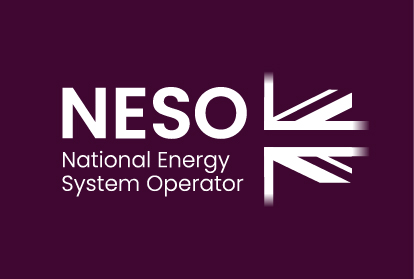Project Summary
Rural Energy and Community Heat (REACH) will work closely with rural community energy groups to learn what their decarbonisation priorities are, and develop a modular rural energy centre that can accelerate their decarbonisation. The solution can offer communities shared low carbon heating, rapid EV charging, and renewable generation in an areas where commercial markets may not serve customers and where the electricity network has limited capacity. Working closely with community energy groups, NGED connections, and innovative suppliers, the project will evaluate the feasibility of a novel way to help customers make cost effective decarbonisation plans coordinated with wider development plans.
Innovation Justification
Previous research has demonstrated that the adoption of LCTs is incompatible with existing infrastructure due to the potential increase in peak demand in excess of 20 kW per household. To support these higher loads, a whole system approach to network planning is required. In many cases the most cost effective long-term means to deliver secure capacity to customers is to upgrade electrical networks. In addition to the high costs associated with this reinforcement, current solutions take significant amounts of time to deliver the required capacity which may delay the connection of rapid EV chargers, the transition from high carbon heating (oil/gas), and disenfranchise rural communities. We seek to develop a solution that allows rural communities adopt low carbon technologies before the grid infrastructure is upgraded.
We will work with key stakeholders including DNOs, DSOs and most importantly: community energy groups to assess the financial and technical benefits a modular solution can offer communities. This will include offering quicker access to shared centralised heat and EV rapid charging hubs. The complexity of this approach is necessary to enable a single, configurable solution to address multiple barriers already encountered in cities such as limited off-street parking, or capacity for many homes to access low carbon heat. These and other obstacles to widespread adoption of LCTs are unlikely to be resolved in a similar way to more urban populations as the economics for private investment are very different, as well as the existing infrastructure restrictions.
The initial scope of the project will clarify the true extent of the challenges and demonstrate how a rapidly deployable solution can ensure that rural communities will not be left behind and prevented from participating in achieving Net Zero. The main components of the modular solution will be rapid EV charging capability, community scale heat provision coupled with containerised independent 'power station' unit, incorporating a generator, energy store and a proprietary management system. Thereafter there will be a range of modular options that can be tailored community needs. The proposed solution is versatile and can be specified to a variety of community needs through the range of module options. These include:
- proprietary management system to manage demand and generation connections while maintaining community objectives,
- EV charging module (7 150kw) charging options,
- Innovative shared heat solutions,
- Supplementary energy storage,
- Mains synchronisation I switchgear,
- Flexible capacity fuel storage.
Impacts and Benefits
- Resources available to reinforce the network are finite and the solution being proposed will allow existing infrastructure to be upgraded in a more pragmatic and cost-effective manner.
- Network upgrade costs are socialised and major projects may have an impact on customers. Cost deferment has a positive impact on cost exposure by.
- By providing rural communities with an accelerated route to low carbon heatin and rapid EV charging, we provide carbon savings in two critical categories. In addition, the renewable fuel generator provides local low carbon generation.
- The versatility of the technical solution will facilitate new and existing communi energy initiatives including rural EV charging, new renewable schemes and energy storage.
- There are currently no modular solutions providing rural communities with co- located EV charging and heat, which incorporates local electricity generation and grid support through flexibility that the project team are aware of. Having such a system that is standardised would enable reduction in project development costs faced by the community.
- Several new processes will be necessary to determine the technical and commercial viability of the solution within rural communities. It is also possible that a new variant of 'alternative connections' will be required to facilitate the combined community module in constrained rural networks.
- It's expected that the solution will offer DSO local flexibility in addition to resolving issues with LCT adoption. Co-locating controllable synchronous generation, inverter controlled demand devices, and storage can provide benefit to the whole system through novel connection agreements.
Other benefits:
- The LAEP approach from Energy Systems Catapult for macro-scale design can be used as a template for micro-scale planning and coordinated action at a local level to achieve faster transition and economies of scale.
- The scale of reinforcement required to decarbonise rural communities may mean some areas have to wait several years for adequate capacity. Facilitating community solutions that integrate with DNO reinforcement timescales is a unique proposition.
- Rural networks typically rely upon radial configuration, which have less resilience in the event of a fault. Embedding generation, storage, and heat storage will help provide critical services in outage conditions.
- Homes in rural areas are typically 22% more expensive yet tend to be older and retrofitting insulation can be difficult and costly. Meanwhile, poorer households are more likely to live in privately rented houses than those in urban areas, where social housing is more plentiful. It's therefore important to ensure they are treated equitably.




